7 Things to Know Before Buying a Garden Shed Office
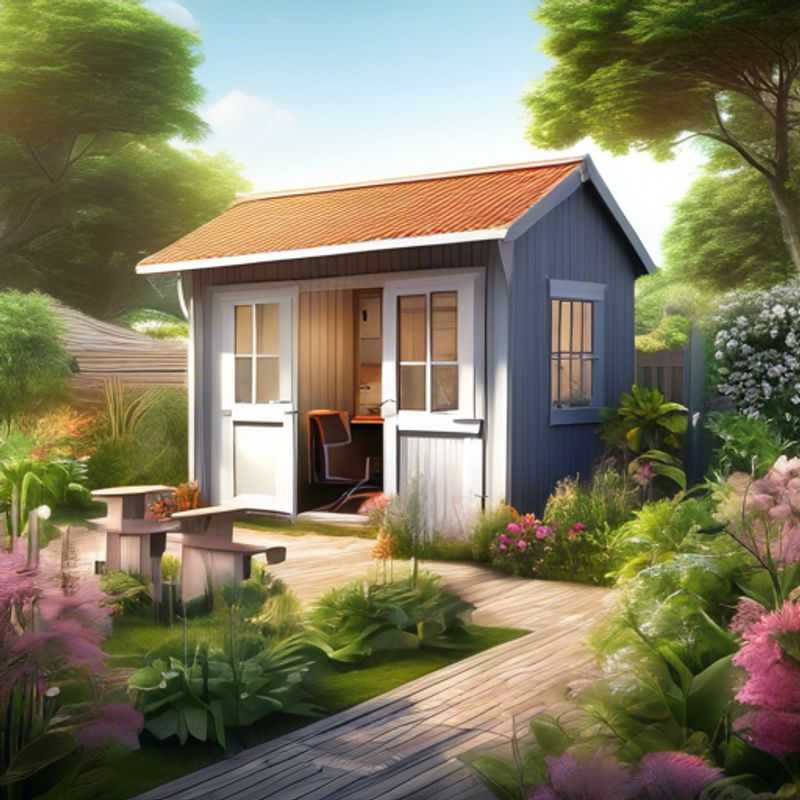
7 Tips for Buying a Garden Shed Office: Size & Layout, Construction Materials, Features, Installation, Price, Security, and Site Preparation
Building a garden shed office is an exciting project, but it's essential to be well-prepared.

Designing Your Dream Garden Office: Size and Layout Considerations
Creating a garden shed office is a great way to separate work from home life. However, it's important to consider the size and layout of the shed to meet your needs. This includes thinking about your daily workflow, how you work, and the types of equipment you use. For example, if you need a lot of space for storage, a larger shed will be necessary. You should also factor in the amount of natural light you need, as well as the amount of privacy you require.
When planning your shed office, it's crucial to think about the essentials. You'll need a comfortable chair, a desk that's large enough for your needs, and ample storage space for your supplies. Consider investing in ergonomic furniture, including a chair that provides good back support and a desk that is the right height for you. This will make it easier to work for long periods of time.
Don't forget the importance of technology! You'll need a reliable internet connection, a computer or laptop, and a printer. You might also want to consider investing in a multi-function machine that can scan, copy, and fax. Be sure to install adequate electrical outlets and lighting.
Finally, remember to personalize your shed office to make it a space you love. Adding plants, artwork, and other personal touches can make it more inviting and enjoyable to work in. Just remember to take into account factors like heating, cooling, and sound insulation to ensure a comfortable and productive working environment.
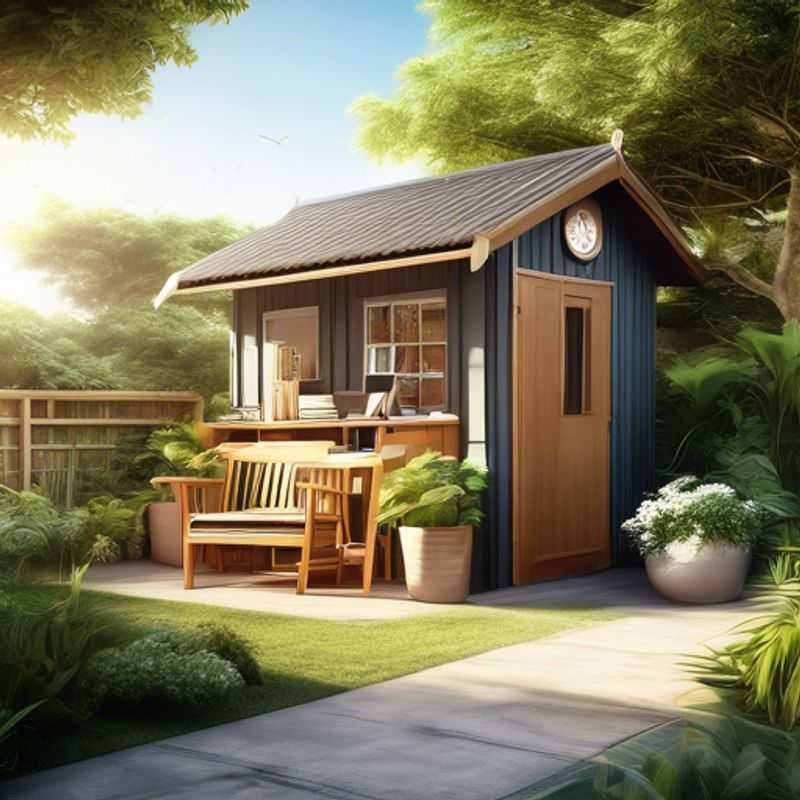
Building to Last: Evaluating Construction Materials for Durability and Weather Resistance
Choosing the right construction materials is crucial for building a durable and weather-resistant structure. Durability refers to a material's ability to withstand wear and tear over time, while weather resistance refers to its ability to withstand the elements, such as rain, snow, wind, and extreme temperatures. This is a complex task, and assessing the different options requires thorough research and considerations.
Durability is often assessed by considering factors like material strength, resistance to degradation, and ease of maintenance. For instance, concrete is known for its strength and durability, but its susceptibility to cracking and weathering needs to be considered. Weather resistance, on the other hand, is assessed by analyzing a material's ability to repel water, resist UV radiation, and withstand temperature fluctuations. For example, wood is generally durable but susceptible to rot and insect infestations if not properly treated.
Here's a summary of materials commonly used in construction, highlighting their durability and weather resistance:
Concrete: Known for its strength and durability, but susceptible to cracking and weathering. Proper maintenance and use of additives can improve its weather resistance.
Steel: Highly durable, but susceptible to corrosion. Galvanization or other protective coatings can enhance its weather resistance.
Wood: Generally durable, but susceptible to rot and insect infestations. Proper treatment with preservatives can enhance its weather resistance.
Brick: Durable and weather-resistant, but susceptible to frost damage in cold climates. Using frost-resistant bricks and proper mortar is essential.
Stone: Highly durable and weather-resistant, but can be expensive. Different types of stone have varying properties, so careful selection is crucial.
Remember that proper design, construction techniques, and maintenance practices play a crucial role in ensuring the long-term durability and weather resistance of a structure. Consulting with experienced professionals is highly recommended for achieving optimal results.
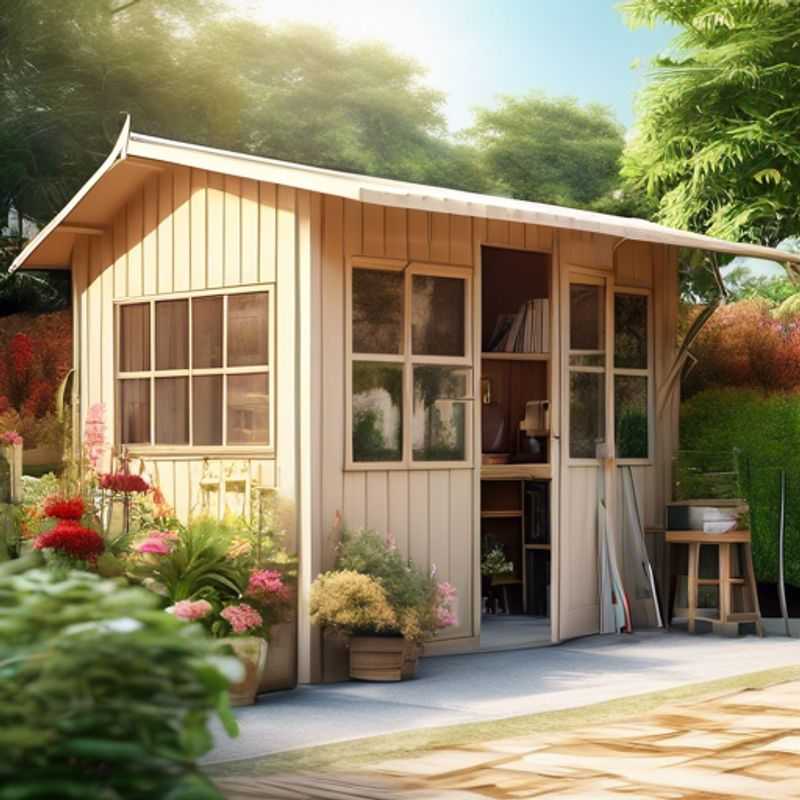
Choosing the Right Storage Unit: Essential Features to Consider
When considering a space, it's crucial to assess its basic functionalities. Windows, ventilation, and electricity access are essential for any comfortable and productive environment. Windows provide natural light and ventilation, improving air quality and creating a more pleasant atmosphere. Ventilation systems, whether natural or mechanical, ensure proper air circulation, removing stale air and mitigating humidity. Electricity access is fundamental for powering devices, lighting, and appliances. Before making any decisions, it's wise to inquire about the availability and reliability of these features. If these basic necessities are absent or inadequate, it may significantly impact your experience and necessitate costly modifications.
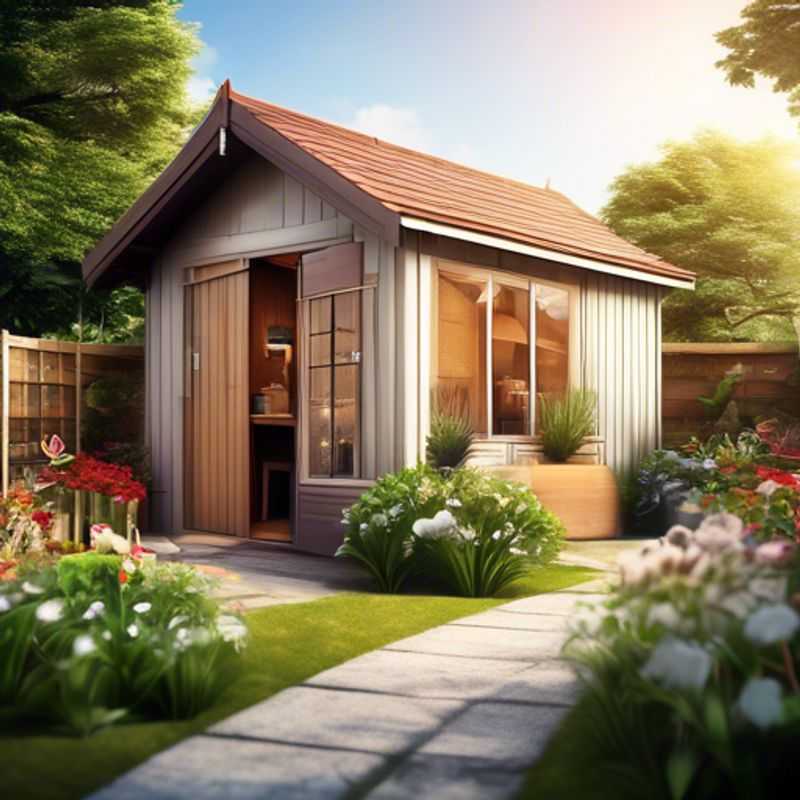
Navigating the Installation Maze: Research, Permits, and Approvals
Before embarking on any installation project, it's crucial to thoroughly research the process and any necessary permits or approvals. This proactive approach can save you time, money, and potential headaches down the line.
Understanding the Installation Process: Begin by gathering information about the specific installation you're planning. This may involve consulting the manufacturer's instructions, reading online guides, or seeking advice from experienced professionals. Pay close attention to the steps involved, required tools, and potential safety precautions.
Permit and Approval Requirements: Contact your local building department or planning office to ascertain any permits or approvals required for the installation. These requirements vary depending on the project's nature, location, and local ordinances. Remember to check for any associated fees.
Cost Considerations: When budgeting for the installation, factor in the cost of permits and approvals. Fees can range depending on the complexity of the project and local regulations. Additionally, include the cost of any professional inspections or certifications required for the installation.
Time Allocation: Be mindful of the time required to obtain permits. The application process can take several weeks or even months depending on the project and local bureaucracy. Plan accordingly and factor in any potential delays to your overall schedule.
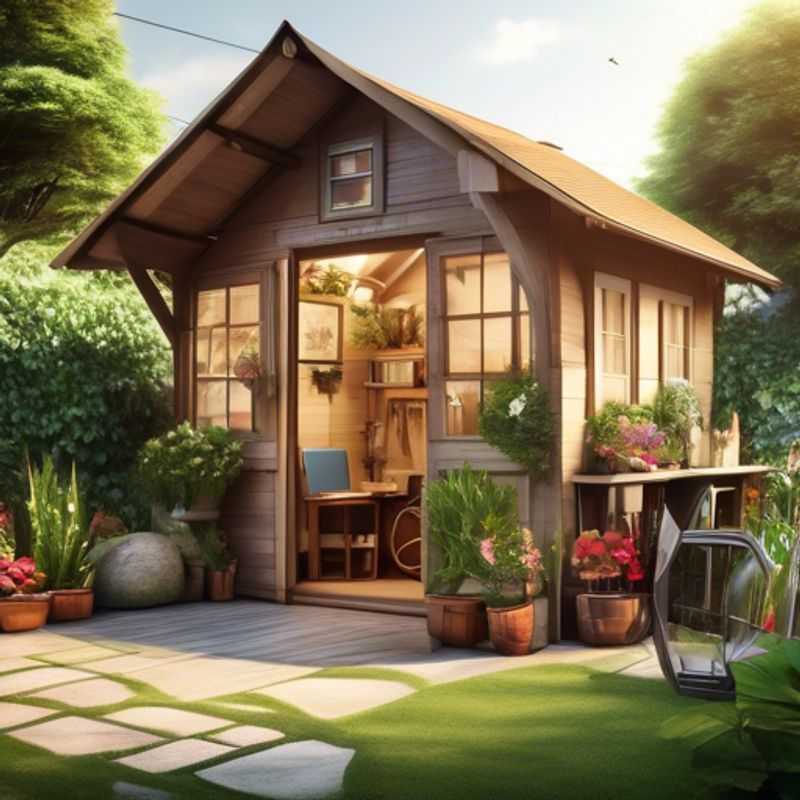
Compare Prices from Multiple Vendors: Finding the Best Value
In today's digital marketplace, comparing prices from multiple vendors is crucial for securing the best value for your money. This practice is essential for both individual consumers and businesses, enabling informed decisions and potential cost savings. To effectively compare prices, it's essential to adopt a strategic approach that considers several key factors:
1. Define Your Needs: Before diving into price comparisons, clearly define your specific requirements. Consider factors such as product specifications, quality standards, desired features, and delivery timelines. This step ensures that you're comparing apples to apples and not swayed by superficial price differences.
2. Choose Reputable Vendors: Focus your research on vendors with established reputations for quality products or services, reliable delivery, and responsive customer support. Reading online reviews and checking vendor credentials can help you identify trustworthy options.
3. Utilize Comparison Shopping Websites: Numerous websites are designed specifically for price comparison. These platforms aggregate information from multiple vendors, allowing you to easily compare prices and features side-by-side. Some popular options include Google Shopping, PriceRunner, and PriceSpy.
4. Leverage Negotiation: Once you've identified potential vendors and their pricing, don't hesitate to negotiate. Many vendors are willing to adjust prices, especially if you present a compelling case, such as a large order or a commitment to ongoing business.
5. Factor in Hidden Costs: Remember to account for any potential hidden costs associated with a purchase. These can include shipping fees, taxes, installation charges, and warranty costs. Carefully scrutinize the fine print to ensure you're capturing the true overall cost.
6. Consider Long-Term Value: While price is a crucial factor, prioritize long-term value. Investing in a higher-quality product or service that lasts longer and requires less maintenance can ultimately save you money in the long run.
7. Utilize Price Tracking Tools: Stay informed about price fluctuations by using price tracking tools. These services monitor prices over time and notify you when prices drop, helping you secure the best possible deals.
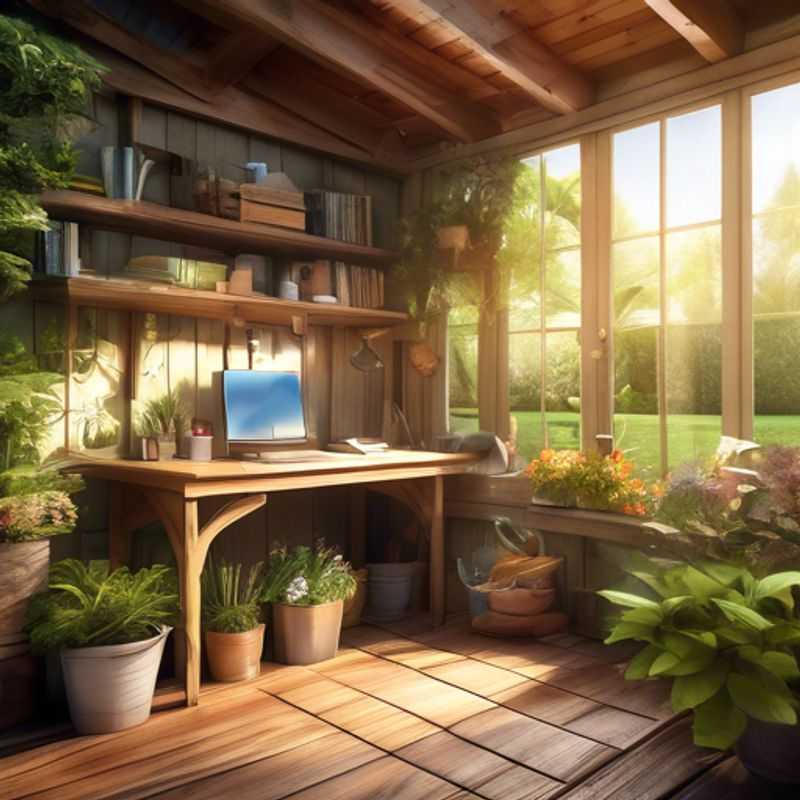
Fortifying Your Fortress: Prioritizing Security Features in Home Design
Prioritizing security features like locks and reinforced walls is crucial for protecting your home or business. Here's a quick guide to help you make informed decisions:
Locks: Invest in high-quality deadbolt locks, ensuring they are properly installed. Consider upgrading to smart locks for added convenience and remote access. Reinforced Walls: Fortified walls, especially around entry points, can deter forced entry. Consult a security expert for the best options based on your specific needs.
Cost considerations: The cost of installing security features can vary significantly. Factors like the size of your property, the complexity of the installation, and the type of materials used will all affect the final price. You can expect to pay anywhere from a few hundred dollars for basic locks to several thousand for extensive security system installations.
Professional Installation: Hiring a professional for installation ensures proper functionality and maximizes the effectiveness of your security measures.
Maintenance: Regular maintenance is vital for keeping your security features functioning optimally. This includes lubricating locks, inspecting for wear and tear, and ensuring that alarms are in working order.
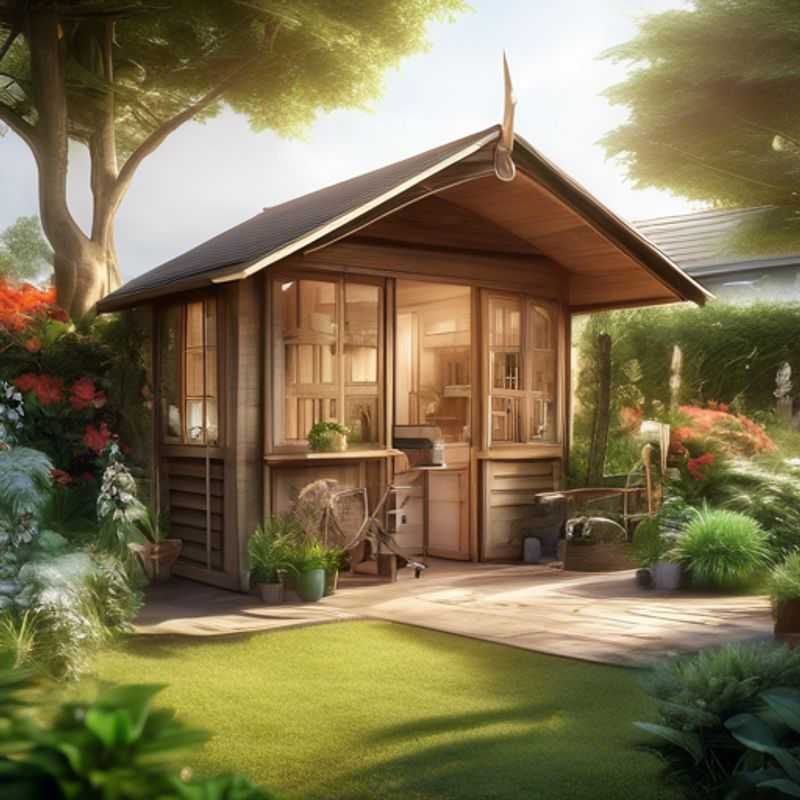
Laying the Groundwork: Planning Your Landscaping and Site Prep
Landscaping and site preparation are essential for a successful construction project. These steps can range from simple grading to extensive earthwork, influencing project timelines and costs. Careful planning and budgeting are crucial to avoid delays and unexpected expenses.
Here's a quick guide for planning your landscaping and site preparation:
1. Site Assessment: Begin by thoroughly assessing the site. Consider factors like:
- Topography: Slopes, elevations, and drainage patterns influence design and construction.
- Soil conditions: Soil type, composition, and bearing capacity affect foundation design and landscaping.
- Existing vegetation: Removal or preservation of trees and other plants impacts costs and environmental considerations.
- Utilities: Identify and relocate underground utilities (power, water, sewer, gas) before construction.
2. Site Preparation: Depending on the project's complexity, site preparation may involve:
- Clearing and grubbing: Removing vegetation, debris, and topsoil.
- Grading: Shaping the land to achieve desired slopes and drainage.
- Excavation: Digging trenches or pits for foundations, utilities, or retaining walls.
- Compaction: Compressing soil to improve stability and support.
3. Landscaping: Landscaping involves:
- Planting: Trees, shrubs, flowers, and ground cover are carefully selected and installed.
- Sodding: Laying down rolls of turfgrass for immediate coverage.
- Irrigation: Installing a sprinkler system to provide adequate watering.
- Hardscaping: Incorporating structures like patios, walkways, retaining walls, and decorative elements.
4. Budgeting:
- Labor costs: Skilled laborers are required for all stages of site preparation and landscaping.
- Material costs: Soil, gravel, plants, and hardscape materials vary in cost.
- Equipment rental: Excavators, bulldozers, and other heavy machinery may be needed.
- Permits and fees: Obtain necessary permits for clearing, grading, and landscaping activities.
5. Environmental Considerations:
- Erosion control: Implement measures to prevent soil erosion during construction.
- Stormwater management: Design drainage systems to minimize runoff and protect water quality.
- Wildlife habitat: Consider the impact on wildlife and mitigate potential harm.
Thorough planning and collaboration with qualified professionals ensure a smooth and successful landscaping and site preparation process.
